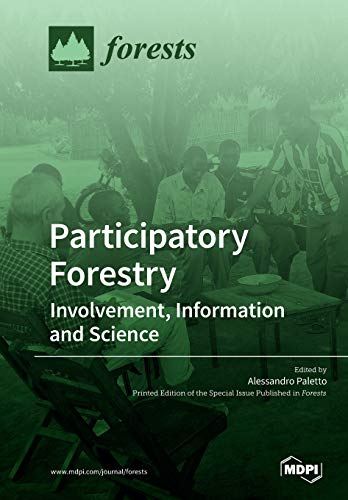

Most ebook files are in PDF format, so you can easily read them using various software such as Foxit Reader or directly on the Google Chrome browser.
Some ebook files are released by publishers in other formats such as .awz, .mobi, .epub, .fb2, etc. You may need to install specific software to read these formats on mobile/PC, such as Calibre.
Please read the tutorial at this link: https://ebookbell.com/faq
We offer FREE conversion to the popular formats you request; however, this may take some time. Therefore, right after payment, please email us, and we will try to provide the service as quickly as possible.
For some exceptional file formats or broken links (if any), please refrain from opening any disputes. Instead, email us first, and we will try to assist within a maximum of 6 hours.
EbookBell Team

5.0
108 reviewsPublic participation in forestry is a key issue in ensuring the democratization of decision-making processes, increasing the social acceptance of policies, and reducing conflicts between forest users. Public participation also provides an opportunity for the improvement of the quality of information, public debate, personal reflection, and professionalization, raising awareness. Participation in forestry implies the involvement of stakeholders (the interest group participation approach) and/or the involvement of people (the direct citizen participation approach) in the decision-making process. Since the UN Conference on Environment and Development (1992), new norms and perspectives have emerged encouraging a bottom-up approach in forest governance. Consequently, several participatory techniques, methods, and tools for stakeholder involvement in forest governance have been developed and applied. These different experiences allow us to learn from failures and successes and contribute to knowledge improvement. The future challenges of participatory forestry deal with adaptation to changes in ecological, social, and economic contexts.